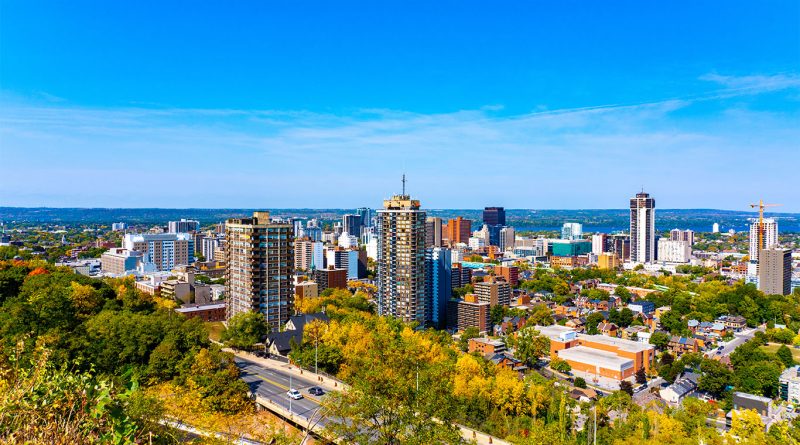Hamilton Hits $1B in Construction Value Earlier Than Ever Before
Subscribe to our free newsletter today to keep up to date with the latest construction news.
Hamilton has reached a milestone that not only sets a local precedent but also signals a shift in the economic pulse of Southern Ontario. For the first time in its history, the city has exceeded $1 billion in construction value from building permits issued within the first half of the year. This record-setting pace, confirmed by city officials in June 2025, underscores a development boom driven by both private and institutional investment.
Major projects driving the milestone
The list of contributors to Hamilton’s construction surge is as diverse as it is substantial. At the top is the $210 million Television City project at 163 Jackson Street West. With two 32-storey towers comprising 642 residential units and seven ground-floor retail spaces, the development introduces a new urban density model in the city’s downtown core.
The McMaster University student residence at 1190 Main Street West adds to the total with a $146 million investment in two towers (11 and 15 storeys) providing 567 new dwelling units. This development not only addresses the housing needs of students but also integrates underground parking and modern amenities, illustrating the intersection of education and urban planning.
Health infrastructure also plays a critical role. The $80 million Pine Villa long-term care facility on Highway 8 brings a four-storey, purpose-built residence for seniors into the fold. At the same time, industrial growth is supported by the $52.7 million warehouse project at 22 Medicorum Place and IKEA’s $3.6 million foundation phase for a future distribution center at 212 Glover Road.
These developments, paired with mid-scale projects like the $32 million, five-storey Albright Trails apartment building, illustrate the scope of Hamilton’s construction ecosystem from institutional and commercial investment to residential expansion and logistics.
Economic and community impact
Reaching the $1 billion mark ahead of schedule carries implications that extend beyond city hall or developer portfolios. A surge in construction activity generally correlates with employment growth, demand for skilled trades, and increased tax revenues for the municipality. The range of developments reflects thoughtful planning aligned with both community needs and investor expectations.
The McMaster residence and long-term care facility address demographic-specific demands, while warehouse developments reinforce Hamilton’s importance in regional logistics. These kinds of balanced developments support economic resiliency and contribute to inclusive growth.
Such concentrated construction activity also feeds local supply chains, from concrete and steel manufacturers to architectural and legal services. In an economic environment still managing inflation and shifting housing demands, Hamilton’s trajectory offers a rare story of sustained momentum.
Statements from city officials
According to Rob Lalli, director of building for the City of Hamilton, the early achievement of this milestone reflects a decade-long trend in which developers continue to choose Hamilton. “Reaching $1 billion in construction value in the first half of the year shows the city’s strength and attractiveness to both public and private stakeholders,” he said.
This consistency is more than a statistic. It reflects sustained confidence in Hamilton’s regulatory climate, land availability, and strategic location near the Greater Toronto Area and the US border. City officials have also cited improvements in permit processing and municipal incentives as contributing factors.
While Hamilton has consistently met or surpassed the $1 billion mark in construction value for more than a decade, doing so this early in the year is unprecedented. Previous years saw the milestone reached closer to the third or fourth quarters, often depending on single large projects or external funding injections.
The 2025 performance is distinct for its diversification. Rather than relying on a few major developments, the city’s current construction value is the result of various projects across residential, educational, industrial, and health care sectors.
Sources:
